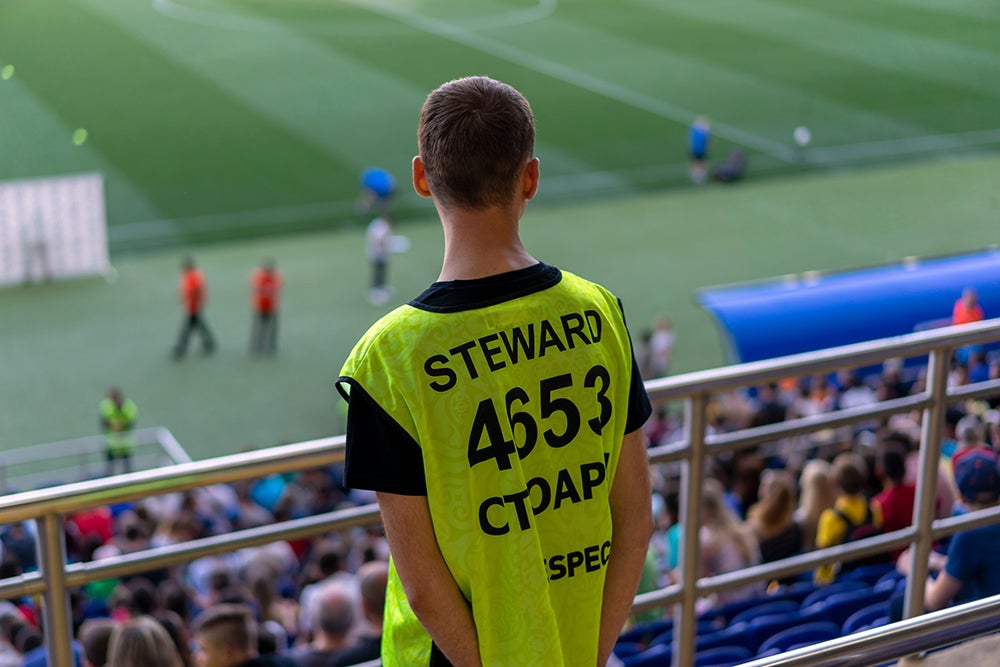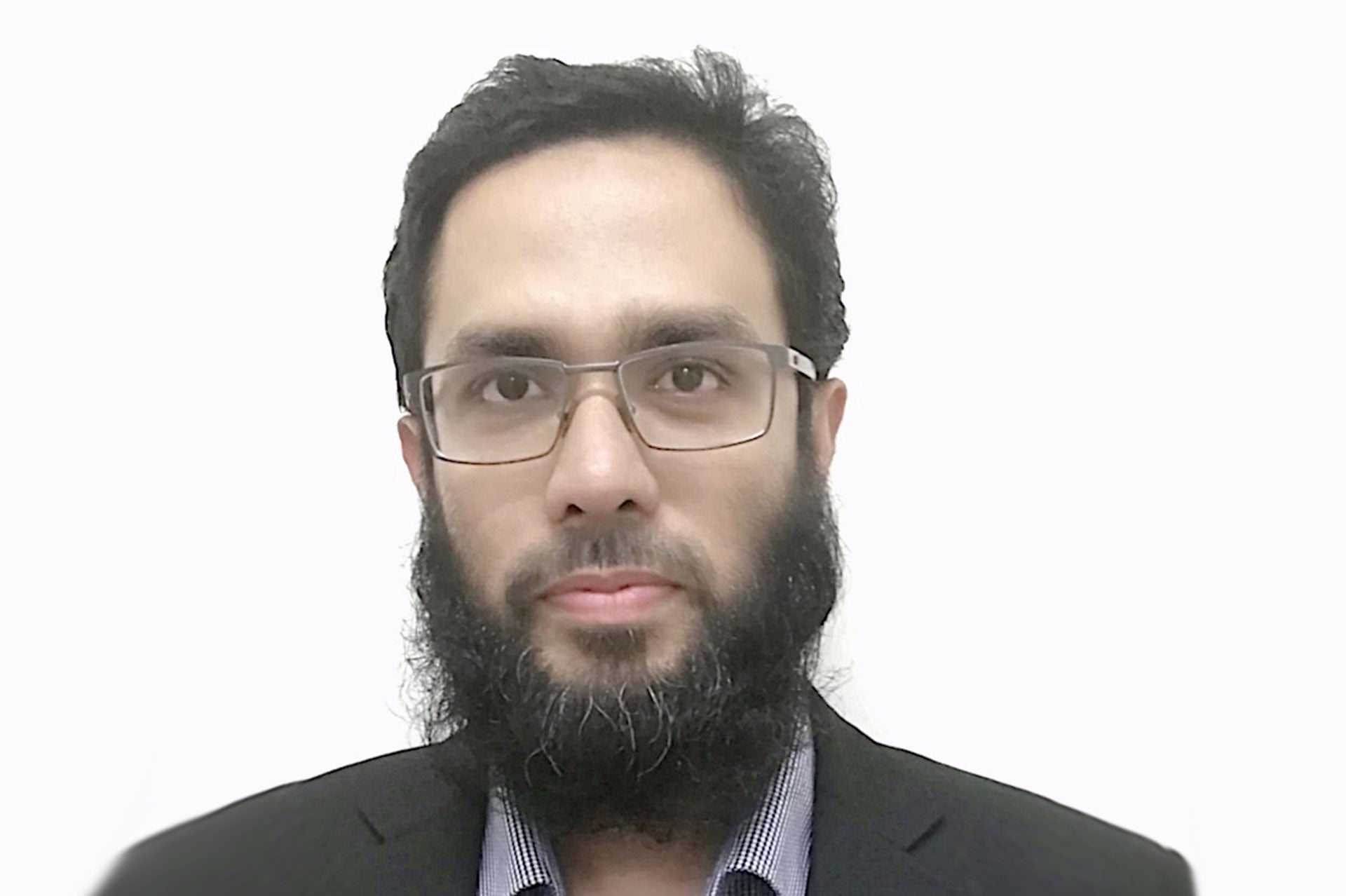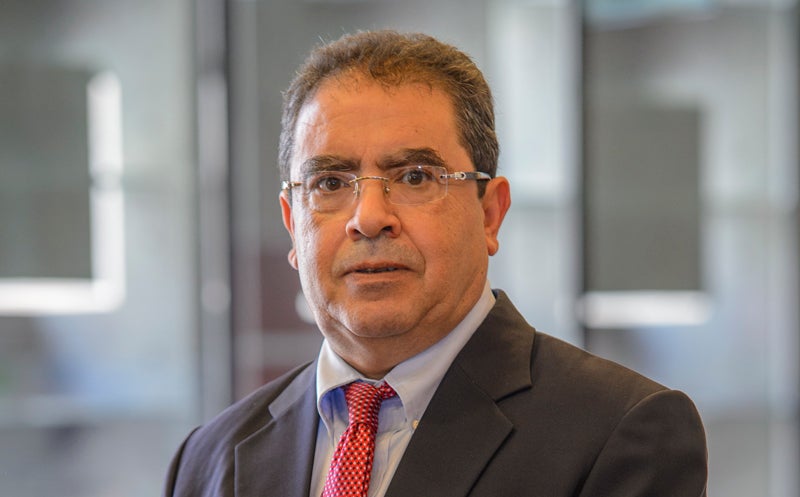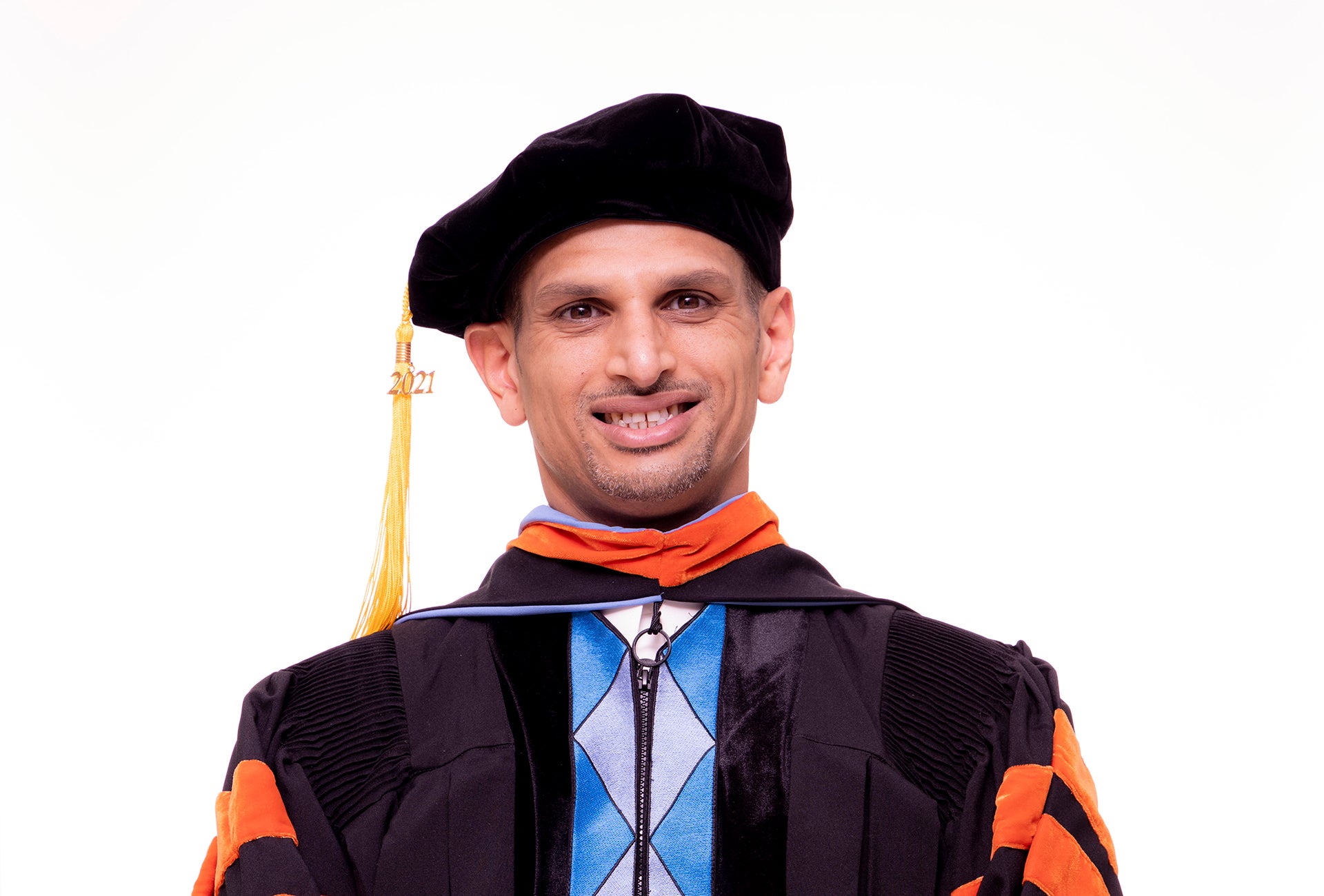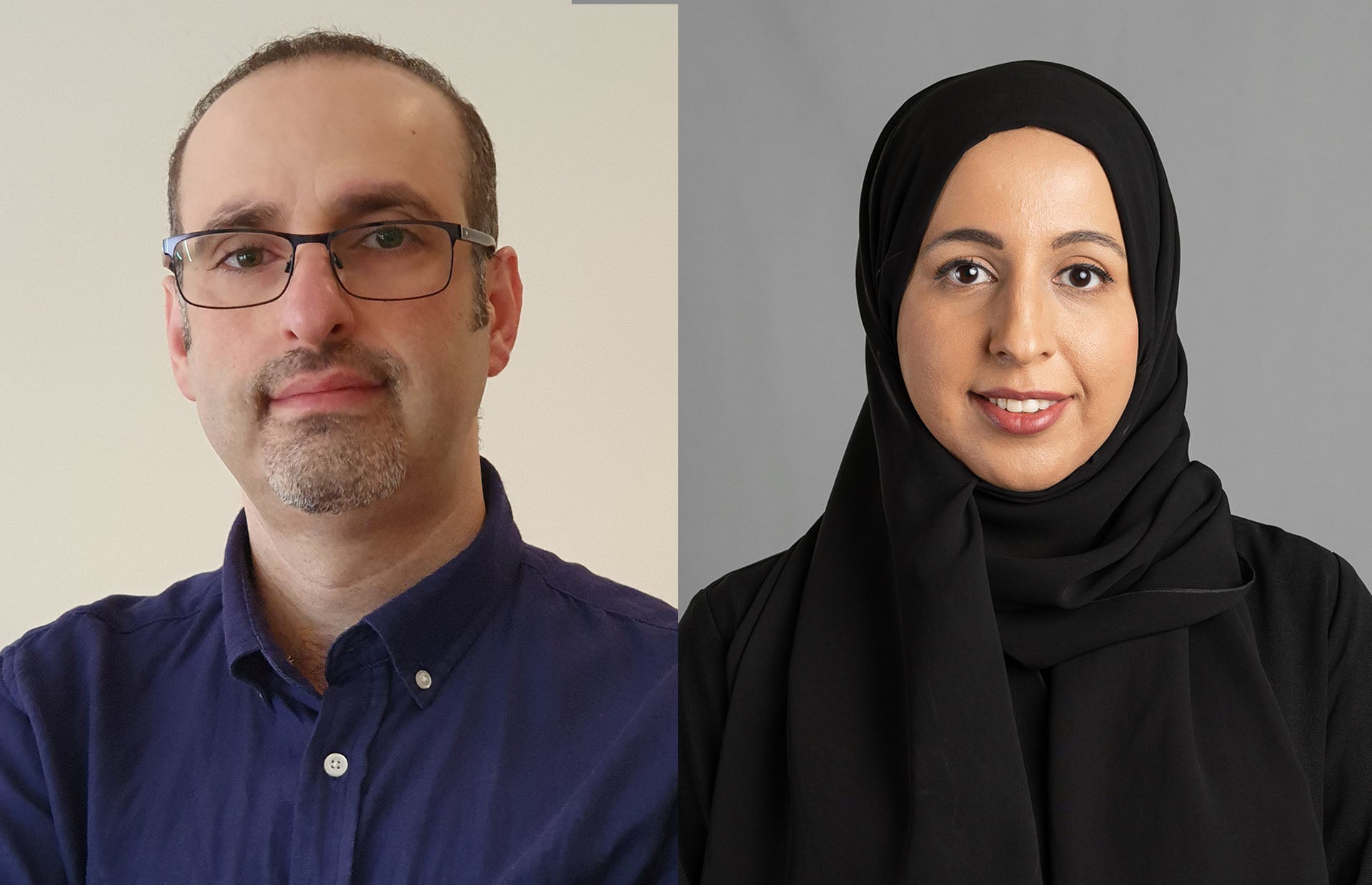
Research by the World Health Organization shows that over 60% of the world’s tobacco users want to quit but only 30% have access to counselors and tools to do so. World No Tobacco Day on May 31 and its campaign ‘commit to quit’ brings into focus their struggles and raises an important question: can artificial intelligence (AI) help?
Dr. Raian Ali, professor, and Dr. Dena Al-Thani, assistant professor in Information and Computing Technology at Hamad Bin Khalifa University’s College of Science and Engineering (CSE), discuss the technology-assisted solutions they are developing that can promote positive behavioral change, and why they advocate for an inclusive and culturally sensitive approach to technology design.
How can AI persuade certain behaviors that support the abandonment of smoking as a life-long habit?
Dr. Raian Ali: Current approaches to smoking cessation rely on techniques like goal and limit setting, motivational interviews, and cognitive behaviour therapy, requiring an experienced counselor and cooperation and commitment from the smoker’s side. However, in recovering from addictive behaviours, people might suffer a relapse, or encounter "the flight into health", i.e. believing too early in achieving a healthy behaviour target and recovering. Normalization, trivialization, and denial contribute to the failure in recognizing the problematic behavior and combating it.
The power of technology lies in collecting objective behavior data that can make the process of recovery and quitting more traceable and manageable. For example, through sensors attached to a lighter or an e-cigarette, to collect the time, location, and amount of smoking. With AI, the same data can be processed to visualise the behavior of the smoker, including how smoking correlates with biological signals and daily routine (smoking at certain times and locations). Such behavioral awareness is an essential step in the recovery process. In addition, AI can help in predicting when a person is likely to smoke based on their previous behavior and how other similar smokers in a recovery plan behaved. It can recommend strategies for managing craving, and alternative activities based on the user’s interests and social setting.
Dedicated technology design and novel interactive methods in conveying and presenting information to individuals have proven successful in promoting active lifestyles using smartwatches such as Fitbit. We can use AI to design and deliver context-aware tailored messages at the right time. Message content and framing can consider personality and culture, and other psycho-social factors. With technology, users can visualise their recovery journey through interactive interfaces and potentially as a game, with targets and rewards linked to breathing, sleeping, skin,sense of smell and cancer risks. Users can get a sense of their lifestyle without smoking through simulation, infographics, and interactive storyboards.
Please tell us about the innovative research and AI tools being developed by the i-Solouk Group at CSE.
Dr. Dena Al-Thani: We look at novel ways for collecting and making sense of behavioral data to draw conclusions about users’ socio-emotional and physiological status. Such data include what people report about themselves and their peers in group therapy and peer group settings, online actions, apps used, and when they are checked. More advanced data include physical activities and bio-signals collected through smartwatch and smartphone sensors, and health apps. Such data can help in adapting interfaces and content and recommendations that are more fit to purpose, context, and diverse needs. Our research has different strands within this broad area. The first focuses on behavioral analytics, i.e. processing data to conclude user status and context. The second, utilizing such status and context to tailor persuasive techniques to change and maintain a user's behavior, e.g. adhering to smoking cessation and physical activities. Thirdly, we study the problematic attachment to the technology itself and call it, informally, ‘digital addiction’, and how to design for addiction-free technology and empower users to reduce the problem. Our research, and our team, is interdisciplinary, and Persuasive Technology and AI are present in all the strands. We need AI to process data and predict states and, also, to adapt and personalize persuasion techniques and make them more inclusive. We also study explainable AI, where we interpret how specific digital designs and AI-supported interactions can alter people’s decisions. We aim to maximise users’ resilience to online manipulation and make their decisions more informed.
Are these already available to consumers?
Dr. Raian Ali: We provide consultancy to companies and regulators in Qatar and internationally and have had the opportunity to showcase the prototypes we develop, with proofs-of-concept, on several national and international platforms. For example, we have contributed to developing a range of industrial apps meant to aid and persuade people with diabetes to adhere to a particular lifestyle and plans. We have done the same with other applications meant to aid users to reduce their online gaming and smartphone usage when considered problematic.
How do the group's research goals broadly contribute to achieving the UN Sustainable Development Goals of good health and wellbeing, and quality education?
Dr. Dena Al-Thani: Because we consider human attention, attitude, and behavior as scarce resources, we provide designs and design methods for technology that helps users spend their attention optimally, minimize distraction and enhance online interaction quality. We utilize software-assisted persuasion techniques to help people achieve healthy lifestyle habits and recover from problematic ones. While most practices in technology design are driven by industrial needs, such as increased productivity, human-centric requirements related to mental health, quality of time, and wellbeing are central to our methods. We are also researching the concept of digital wellbeing, which is to ensure that technology helps us enjoy quality time, safety, relatedness, autonomy, a sense of control, and minimizes negative emotions.
What is the way forward and do you see any new or extended applications in the future?
Dr. Raian Ali: We are researching and advocating a new technology development paradigm where inclusivity goes beyond the ability to fulfil diversity in requirements from software and the physical and cognitive abilities of users. We aim to see an empathetic technology that is also inclusive to people's diversity in their socio-emotional status, whether temporal (being in a bad mood), or trait-related (being more susceptible to peer pressure and lacking self-esteem). We see this as the next step for inclusive design. We are also researching more transparent technology design that is clear to its user in terms of the underlying influence and persuasion and AI techniques used. Our target is to increase inclusivity, transparency, and openness to users in future technology designs.
Dr. Dena Al-Thani: Broadly speaking, de-facto technology designs are often insensitive to diversity in social norms, value systems, and local cultures. Research about technology design and adaptation to our area of the world is very sparse and has rarely considered the Arabic culture in its diversity, history and richness. We often observe mismatches with culture in the design of popular social media. At the College of Science and Engineering, we believe that inclusive and culturally sensitive design can be a game-changer and lead to healthier and more efficient designs, primarily when technology facilitates human interaction, whether within an enterprise or less formal social context.





